The number of graphics cards tested over the recent period has reached a number after which we can pause a bit and specifically focus on the noise level of their coils. The latter has always been recorded in standard measurements, but in large tests with lots of other information, this unique data was getting lost. That is why it will now, within the scope of this article, be limited to these only. So which of the modern graphics cards has the quieter coils? Read more ““All” graphics cards in in-depth coil whine analysis”
Category: Graphics
Intel Arc Battlemage discrete GPUs use TSMC’s 4nm node
Intel should finally release a generation of its discrete “Battlemage” graphics cards with Xe2 HPG architecture later this year, but it will be competing with AMD’s Radeon RX 8000 and Nvidia’s GeForce RTX 5000 cards for most of its lifetime. It does look like Intel will have one advantage on its side, though – Battlemage will be on the same manufacturing node, and at least that way it won’t be disadvantaged right off the bat. Read more “Intel Arc Battlemage discrete GPUs use TSMC’s 4nm node”
Gigabyte RX 7900 GRE Gaming OC 16G in test of 30 graphics cards
The most “lightweight” AMD Navi 31 (XL) GPU, the slowest memory subsystem, but also the lowest price. That’s the RX 7900 GRE compared to the RX 7900 XT. This Radeon is also noticeably cheaper compared to the RTX 4070 Super, although the GeForce’s power efficiency is more favorable. The gaming performance of the RX 7900 GRE (RTX 4070S), meanwhile, is comparable. That is, as long as you won’t miss ray-tracing graphics. Read more “Gigabyte RX 7900 GRE Gaming OC 16G in test of 30 graphics cards”
RDNA 4 said to mostly be patched RDNA 3, RDNA 5 completely new
AMD hasn’t yet released the next-gen Radeon RX 8000 graphics cards, which will use the RDNA 4 architecture, so it’s probably a long time to the arrival of the following generation, which could be called RDNA 5 – but maybe also totally differently. Still, the first unofficial rumors have now surfaced about what RDNA 5 could mean in Radeon GPUs. This architecture could be a significant leap forward, unlike RDNA 3 and the upcoming RDNA 4. Read more “RDNA 4 said to mostly be patched RDNA 3, RDNA 5 completely new”
New Nvidia GPUs this year? The cheaper RTX 5080 to be the first
We got news on next-gen graphics cards, which should be out in the second half of the year (or early next year). This time, they pertain to Nvidia’s upcoming cards, GeForce RTX 5000s with Blackwell GPUs. Two rumors arrived shortly after each other, initially claiming that Nvidia would release only the most expensive model this year, but this was almost immediately corrected to more affordable model actually being the first out. Read more “New Nvidia GPUs this year? The cheaper RTX 5080 to be the first”
Caveat: RGB LEDs can damage graphics cards and other hardware
A curious “scandal” has now surfaced on the Internet: it seems that decorative RGB LEDs in your computer may not be a purely cosmetic feature that has no effect on the hardware. Users on social media have noticed that the illumination can leave an irreversible mark on your hardware, so to speak, such as on a graphics card that you have next to your RGB memory. Whether this can also have adverse effects on users is hard to say. Read more “Caveat: RGB LEDs can damage graphics cards and other hardware”
Ray tracing for old games: NVIDIA RTX Remix tested
Sometimes people say that today’s games don’t measure up to the old ones and don’t offer much besides visuals. But what if modern visuals could be added to classic games that are even twenty years old? NVIDIA’s RTX Remix technology (or software) is supposed to do just that, making it relatively easy to add better graphics to even very old games using a mod – including raytracing effects and things like DLSS or DLAA. Let’s see how it works. Read more “Ray tracing for old games: NVIDIA RTX Remix tested”
RDNA 4 Radeon GPUs: specs and performance of both chips leaked
Previously, new GPU generations were coming in 2-year cycles, which would mean a launch this fall. However, Nvidia’s roadmap has put the GeForce RTX 5000 launch into 2025 some time ago. AMD is still unclear on the launch date of Radeon RX 8000s, but there’s some chance it’s within this year. The specs of these GPUs using RDNA 4 architecture have now surfaced on the internet. If they are real, it might even point to a release relatively soon. Read more “RDNA 4 Radeon GPUs: specs and performance of both chips leaked”
AMD to produce lowend CPUs and GPUs using Samsung’s 4nm node
Back when the groundbreaking Ryzen processors launched, AMD was still manufacturing almost all of its products at GlobalFoundries, with the exception of chipsets designed by ASMedia. But now, by contrast, it is almost fully tied to the fortunes of TSMC. However, it looks like there could soon be some diversification in place. Samsung-made chips are coming to low-cost processors and they’ll also appear in Radeon graphics cards later. Read more “AMD to produce lowend CPUs and GPUs using Samsung’s 4nm node”
FSR 3.1 improves quality, can add frame generation to DLSS
At GDC 2024, AMD unveiled the 3.1 version of its FidelityFX Super Resolution (FSR) game upscaling. This is an evolution based on last year’s FSR 3.0 and is designed to improve image quality, but also brings an interesting change. Previously, a frame generation technology (analogous to Nvidia’s frame generation in DLSS 3 and 3.5) was introduced in FSR 3. In FSR 3.1, it can now also be used separately, even combined with DLSS. Read more “FSR 3.1 improves quality, can add frame generation to DLSS”
Nvidia DLSS (3.5) in Alan Wake II. When does the game run best?
Alan Wake II is the first game to support Nvidia DLSS 3.5 from the start. In addition to the technological aspect, there is also the high popularity among gamers. This gives us the basic reasons to take a close look at the performance under different settings. In diving in with the gaming performance, we will be interested not only in the visual side, but also the power consumption. Not just of the graphics card, but the CPU as well. Read more “Nvidia DLSS (3.5) in Alan Wake II. When does the game run best?”
Ray tracing on AMD RDNA 4 will be twice as fast thanks to BVH8
A few days ago, information leaked on Sony’s upcoming PlayStation 5 Pro console, which will feature upgraded hardware with a significantly stronger GPU and AI acceleration to enable AI-based PSSR upscaling. Other details have now emerged, however, with implications for the upcoming Radeon RX 8000 graphics, as they talk about the capabilities of RDNA 4 architecture’s GPUs in ray tracing. They are set to improve by quite a bit. Read more “Ray tracing on AMD RDNA 4 will be twice as fast thanks to BVH8”
Minitest: Cheap PSUs vs. graphics cards coils whine
You’ve already read the extensive analysis of graphics card coil whine changes depending on the PSU used. One last thing is missing for it to be complete. And that is to add the behavior of cheap PSUs with lower quality components. Otherwise, one could still speculate that across classes the situation could be significantly different. Could it? This is what we will focus on in the measurements with “80 Plus” PSUs, one of which is also already quite old. Read more “Minitest: Cheap PSUs vs. graphics cards coils whine”
GDDR7 memory for next-gen GPUs is ready, up to 48GHz clocks
Nvidia’s new generation of graphics cards, GeForce RTX 5000, and upcoming cards from AMD (Radeon RX 8000) and Intel are likely planned to use new GDDR7 graphics memory technology to deliver better bandwidth than both GDDR6 and GDDR6X. This technology has now been finalized by the JEDEC consortium and will allow effective speeds of up to 48 GHz, so there will be significant increases in bandwidth, up to 2–3× compared to current GPUs. Read more “GDDR7 memory for next-gen GPUs is ready, up to 48GHz clocks”
Which combo whines the least? 12 PSUs, 3 graphics cards…
“After replacing the PSU, the video card coils stopped whining”. An extremely common statement and yet it always remains on a subjective level, which is a pity. But that is also why we will now look at things in an exact, numerical way. We do this by testing several graphics cards, where for each, noise levels of VRM coils are monitored with each ATX (3.0) power supply used. So how is it with the “whining”? When is it stronger and when is it weaker? Read more “Which combo whines the least? 12 PSUs, 3 graphics cards…”




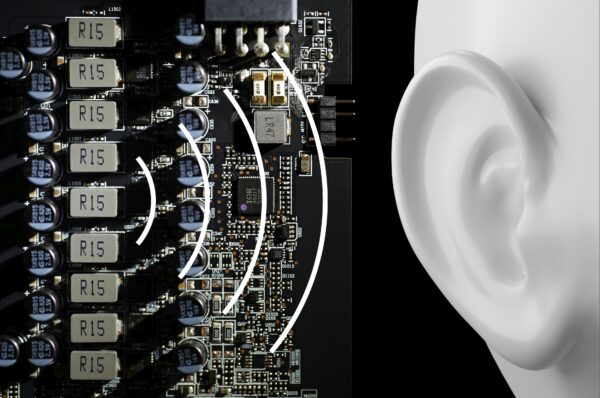
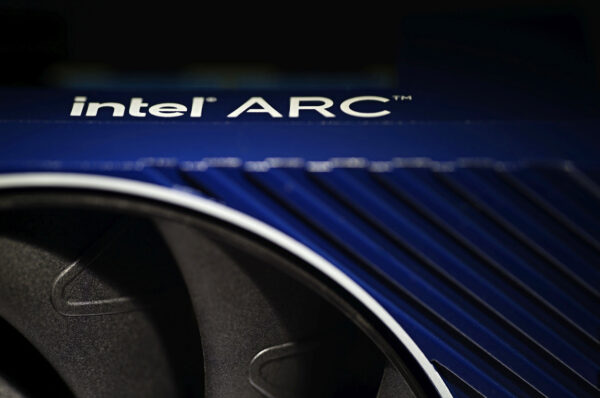

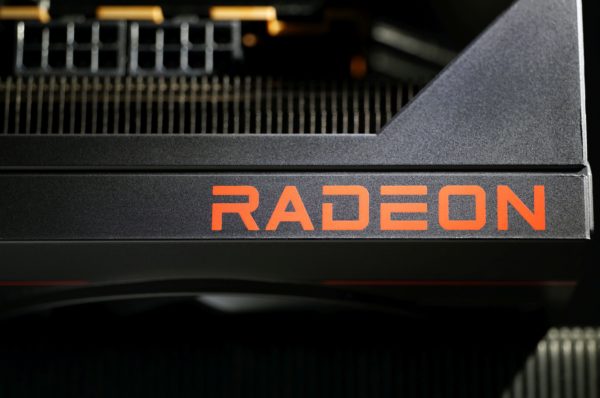
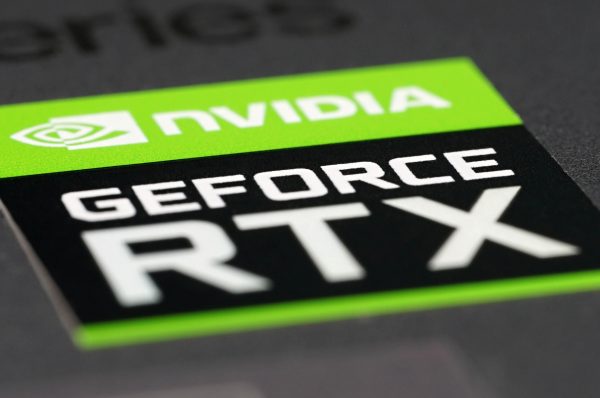
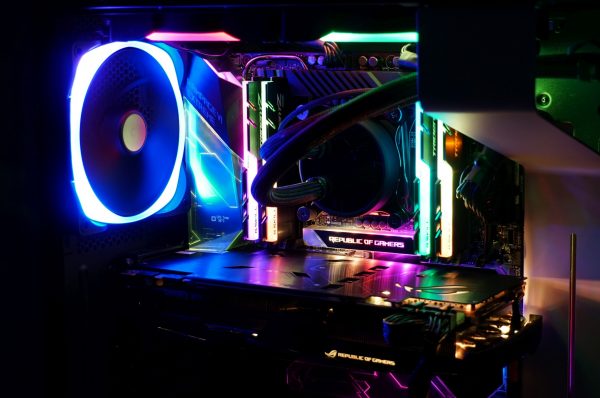

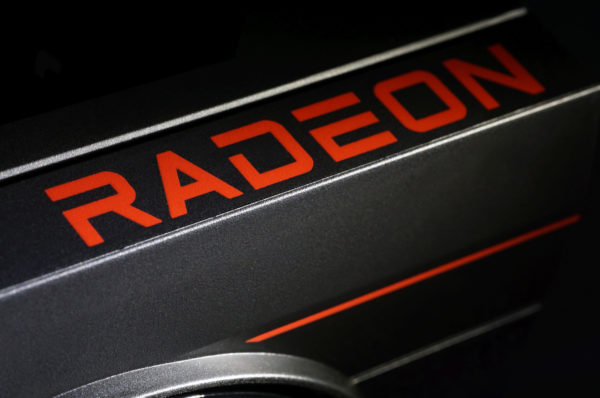
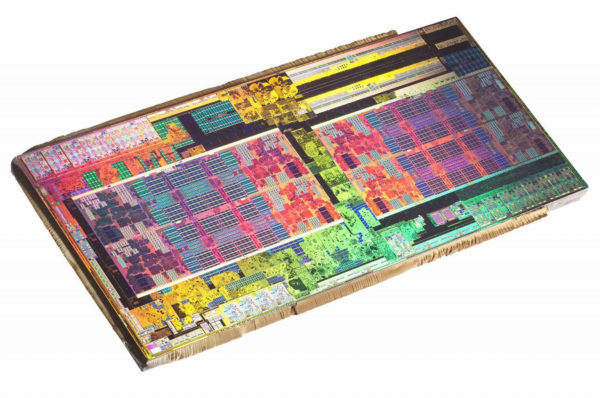
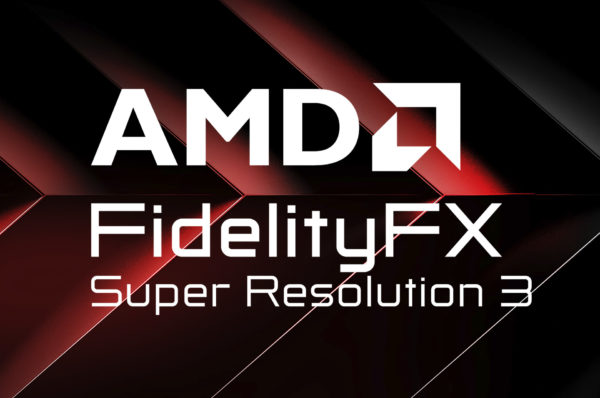

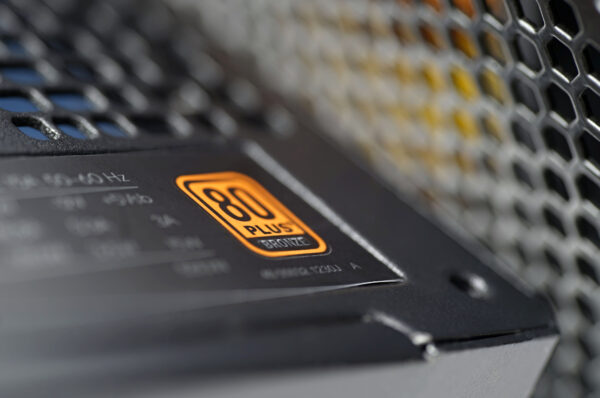
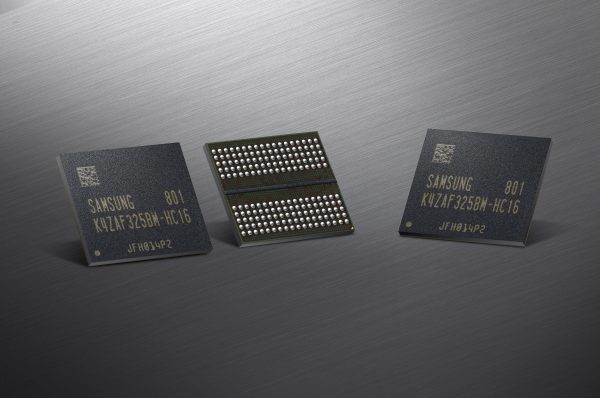



Latest comments